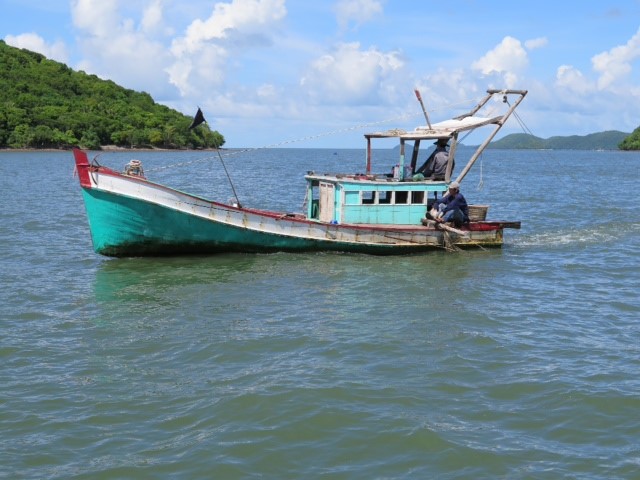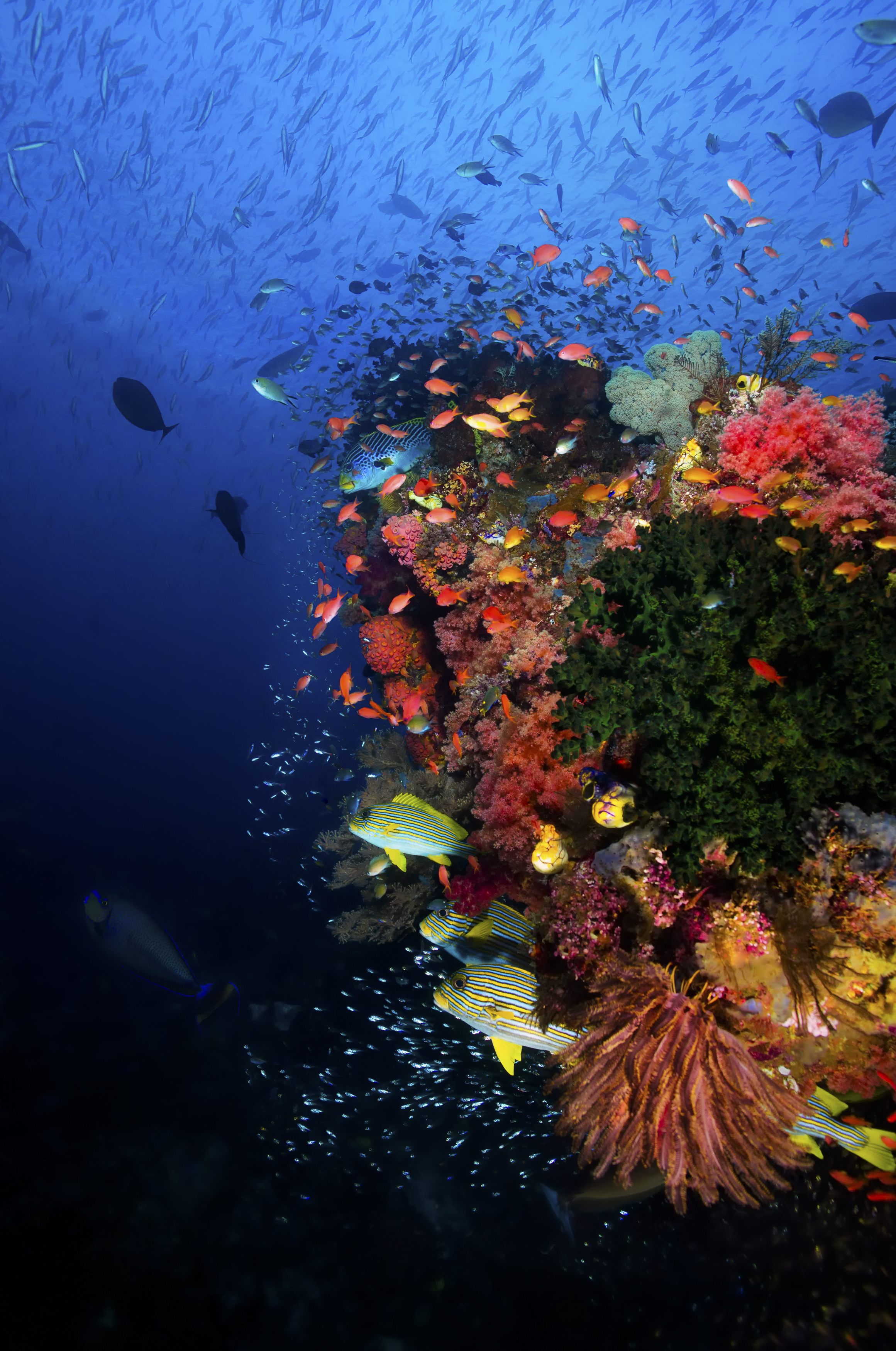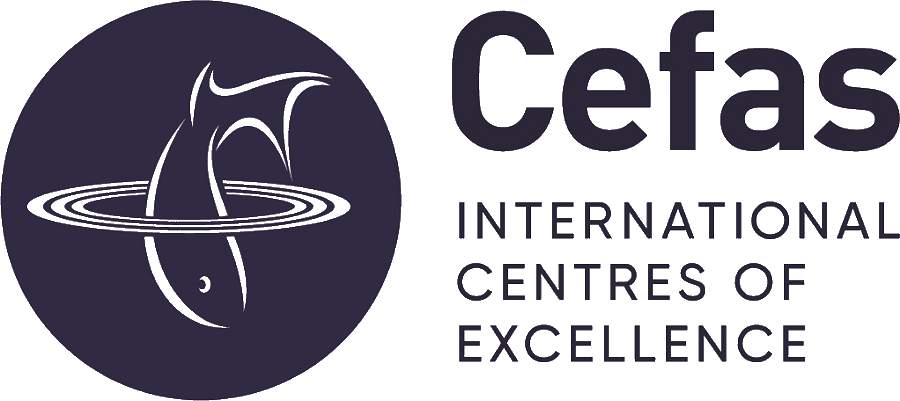International Guidance
This section contains links to guidance documents on the development and operation of shellfish sanitation programmes. This guidance may assist Competent Authorities in the design and implementation of programmes for domestic and international markets. In 2018 FAO/WHO published the Technical Guidance for the Development of the Growing Area Aspects of Bivalve Mollusc Sanitation Programmes which was updated in 2021. This guidance, which elaborates on Section 7.2 of the Codex Code of Practice for Fish and Fishery Products, was developed by a team of international experts and takes a risk-based approach to the development and operation of shellfish sanitation programmes.
In addition to the English language version of the guidance document, a Spanish language version, Orientacion tecnica para el desarrollo de los aspectos relativos a las zonas de cria de los programas de saneamiento de moluscos bivalvos, was published in 2021, and a French language version, Guide technique pour l'élaboration du volet zones conchylicoles des programmes de contrôle sanitaire des mollusques bivalves was published in 2022.
Authorities responsible for the development, implementation and application of shellfish sanitation programmes should also consider any specific requirements regarding international trade (e.g. application of those requirements of the receiving country(ies) or existing national legislation). For a number of major trading blocs and countries these requirements are available in the section, Seafood Safety Legislation and International Codes of Practice. In the EU, guidance on application of the relevant bivalve sanitation legislation is provided in the Community Guide to the Principles of Good Practice for the Microbiological Classification and Monitoring of Bivalve Mollusc Production and Relaying Areas. A more detailed guidance document, The Microbiological Monitoring of Bivalve Molluscs Harvesting Areas Guide to Good Practice: Technical Application, has been developed by an expert working group currently led by the EU reference laboratory for marine biotoxins and classification and monitoring of bivalve mollusc production areas. The document is currently under revision but will be available from the EURL website upon completion.


